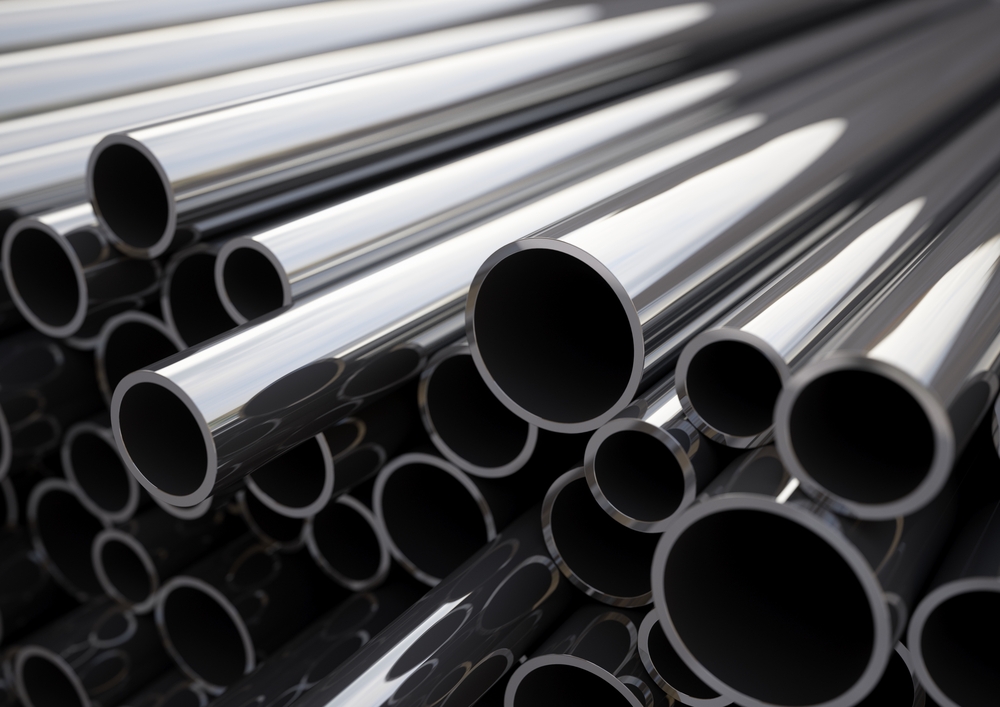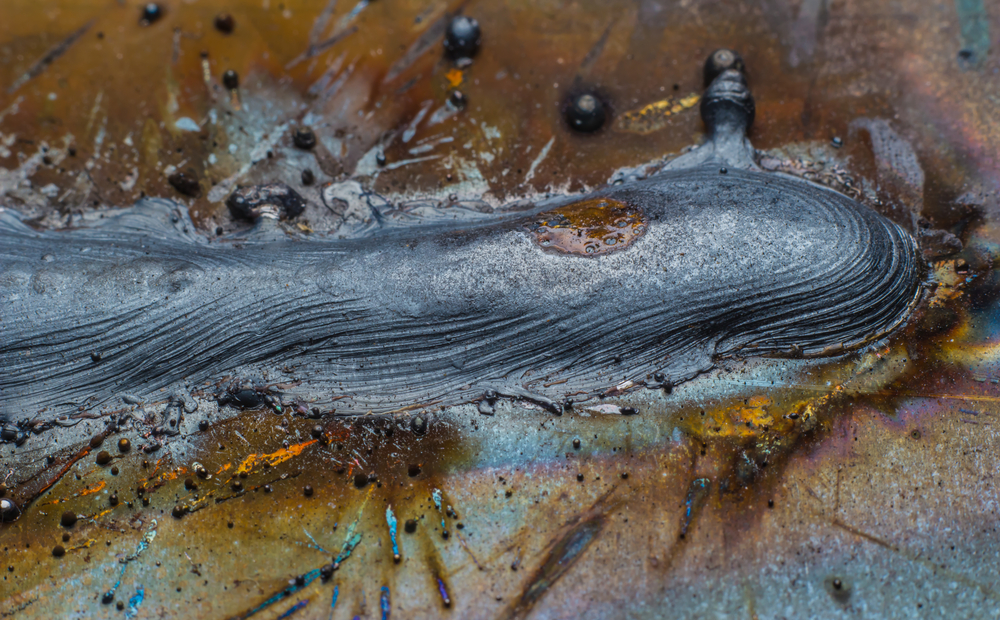
In all industries with high-purity requirements, you will observe one thing in common — stainless steel pipes and tubings. The smooth finish and corrosion-resistant features have been ideal for avoiding contamination due to rusting, bacterial growth, or chemical mix-up. The metal is also heat and impact resistant, providing the required strength and durability that industries seek in their piping system.
When hot-working these pipes, there is a high risk of developing imperfections. Spatters, slags, and uneven finish are commonly observed among welded pipes. Removal of these surface imperfections is essential to meet hygiene standards in industries like food and beverage, semiconductor, or biopharmaceuticals. The solution — electropolishing.
Electropolishing and its Benefits for Stainless Steel
Electropolishing is an electrochemical treatment performed on the metal surface to strip off its outer layer and remove the workpiece’s impurities and microscopic imperfections. The process involves immersing the workpiece piece into the electrolyte, usually a mixture of sulfuric and phosphoric acid. The metal is connected to the DC terminal and positively charged to form an anode. As the current passes from the positive to the negative terminal, the electrolytic solution acting as a conductive media dissolves a thin layer of metal to produce a smooth surface.
Electropolishing may produce different results for different metals and requires an optimized approach. For example, in the case of stainless steel, imperfections may be observed in welded sections due to improper weld procedure and inadequate surface preparation. With electropolishing, the following effects can be observed:
Before Electropolishing | After Electropolishing |
| Surface roughness due to microscopic peaks and troughs | Smooth and uniform metal surface that is easy to clean |
| Imperfections such as scratches, burrs, pits, and heat tints | Smooth surface leading to improved aesthetics |
| Contamination prone surface due to possibility of chemicals/bacteria sticking to uneven surface | Smooth surface finish that is easy to clean, thus, suitable for hygiene-oriented application |
| Presence of oxides may lead to reduced corrosion-resistant ability | Removal of oxides and other contaminants strengthen the properties of chromium to improve corrosion resistance |
Industries with the sanitary requirement can leverage this benefit of electropolishing for their welded stainless steel pipe sections— the skeletal support to the entire manufacturing process. By enhancing the smoothness and corrosion resistance of the pipe through electropolishing, clean and sterilized production is possible.
Electropolishing Stainless Steel– Process Considerations
When electropolishing stainless steel pipes, the following process considerations are critical:
- Surface preparation – The removal of dirt, debris, paints, and oxides from the pipe surface must be done using solvents or alkaline and pickling. A pickling bath is usually performed using hydrochloric and sulfuric acid to remove the oxides and the alkaline layer.
- Electrolytic solution – The ideal electrolytic solution for (316L) stainless steel is a mixture of orthophosphoric acid and sulfuric acid which may have varying concentrations depending on the application.
- Passivation – Passivation may be required after electropolishing, for instance in the case of austenitic stainless steel, to restore the corrosion-resistant properties of the metal. Dilute nitric acid is the ideal solution for passivation treatment.
- Post-electropolishing treatment– It is important to rinse and clean the electropolished stainless steel pipe to remove the residual solution for hygienic operation. Water alone cannot completely rinse the solution, so it needs a nitric acid treatment. The residual nitric acid can then be washed off with cold water, followed by hot-water rinse and drying.
With a precision electropolishing process, the properties of welded stainless steel pipes can be enhanced to have a smooth and polished appearance.
Orbital Welding and Electropolishing To Meet Sanitary Standards
Orbital welding has proven to be the most effective technique for precision pipe welding. For various grades of stainless steel, orbital welding is a way to minimize the initial flaws that usually are observed when manual welding. The process is automated, precise, and controlled, which, when welding stainless steel pipes, provides the following benefits–
- Controlled heat input eliminates the chances of weld defects
- Arc stability results in smooth and consistent weld
- Controlled gas shield offers protection of weld pool from external inclusions
- Automation protect the welders from exposure to hazardous hexavalent chromium
Some stainless steel grades may undergo extreme microstructural changes under excess heat conditions. Thus, for grades like austenitic stainless steel that require low heat input, orbital welding has proven to be an ideal technique to avoid grain growth, embrittlement, cracking, spatters, and other weld defects.
The minimal and microscopic imperfections from orbital welding can be eliminated in the electropolishing phase. When met with the desired smoothness and purity level, the stainless steel can then be examined to confirm if it fulfills the industrial sanitary standards.
The pipes installed after going through the combined process of orbital welding and electropolishing stainless steel are safe, durable, and high-quality.
Arc Machines, Inc a leading orbital welding technology provider, provides a wide range of orbital welding solutions that will help you create a high-quality pipe weld. For sanitary applications, you can choose to minimize defects with orbital welding and further electropolishing stainless steel to eliminate the risk. For inquiries regarding products, contact sales@arcmachines.com. For service inquiries, contact service@arcmachines.com. To develop a custom solution, contact us to arrange a meeting.




